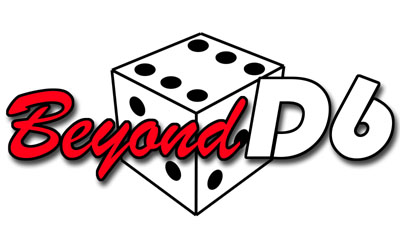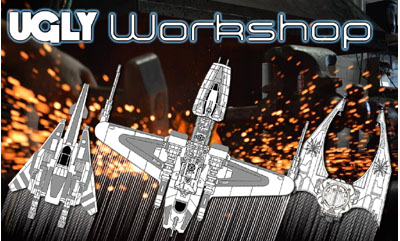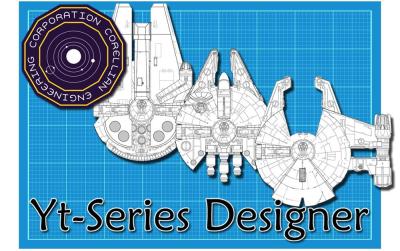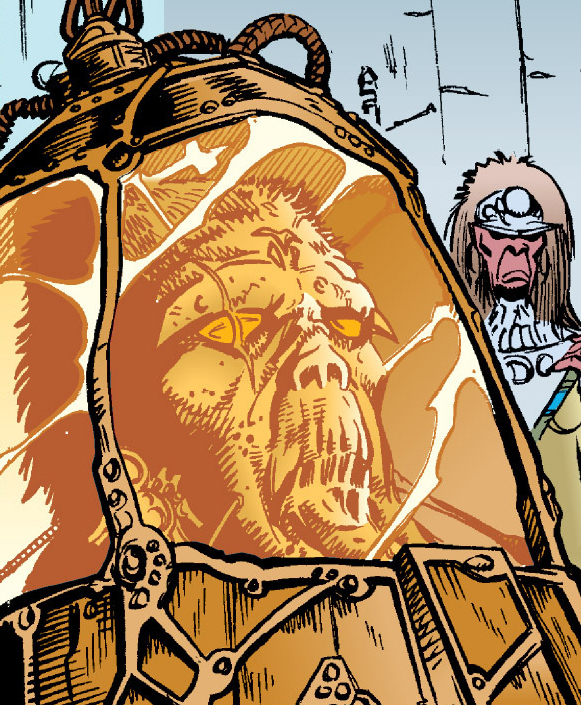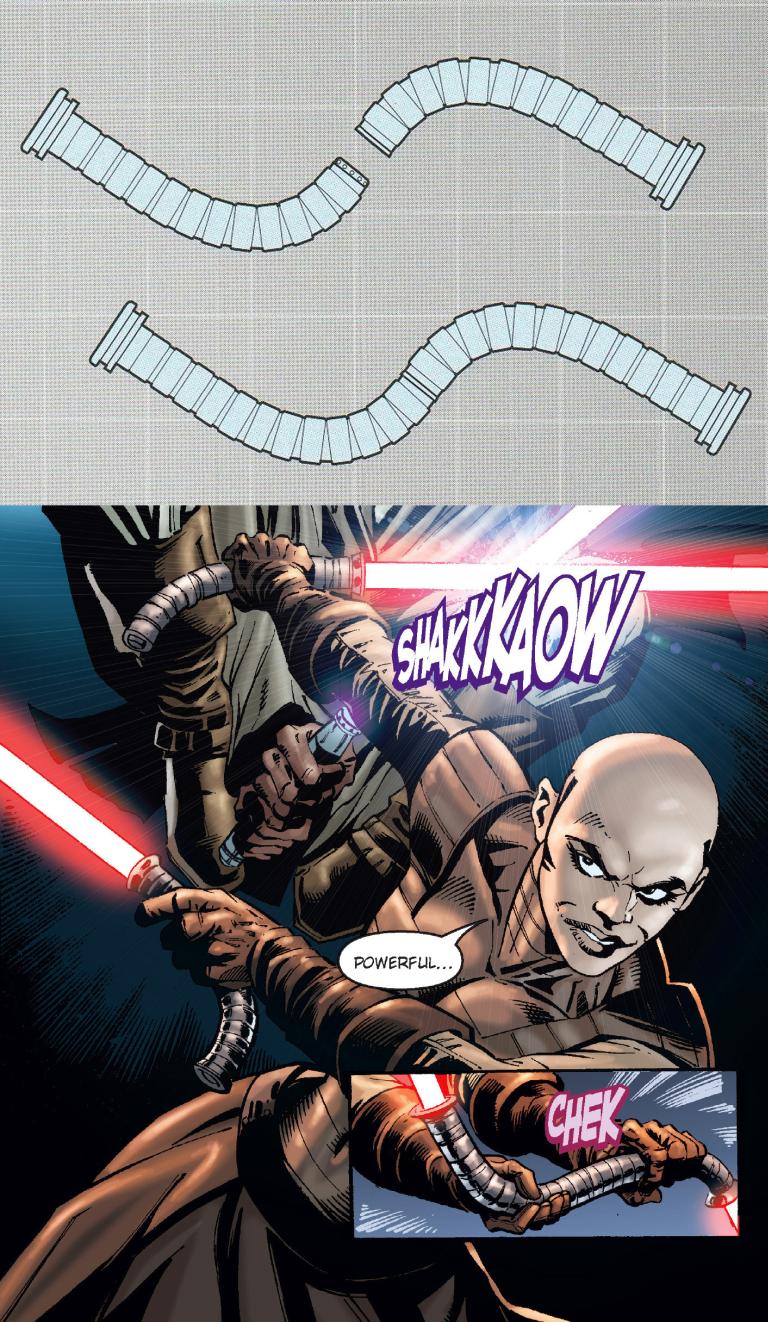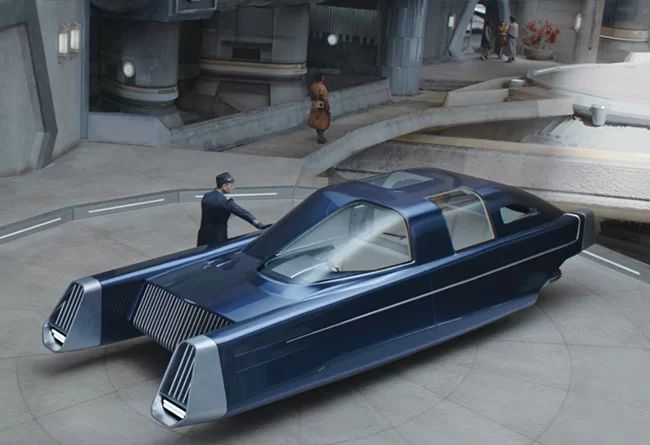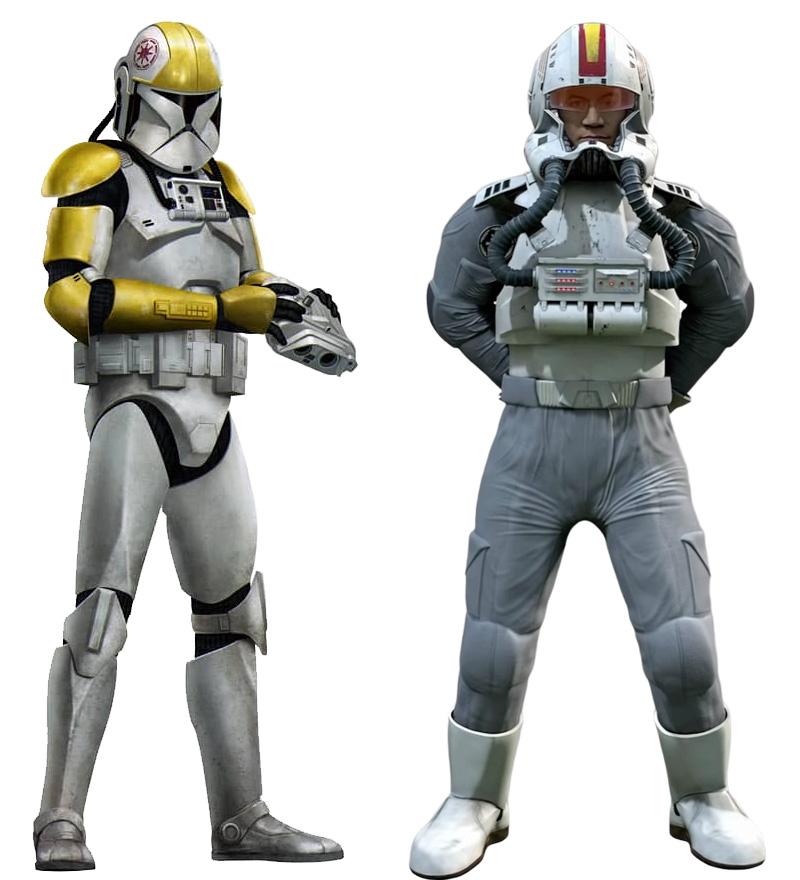| Site Stats: |
|
10026 Stats in 31 Categories |
| Search Stats: | |
|
| Latest Youtube Video: |
| Social Media: |
| Other Pages within RPGGamer.org: | |||
| Section of Site: | Belongs to Faction: | Subtype: | Era: | Canon: |

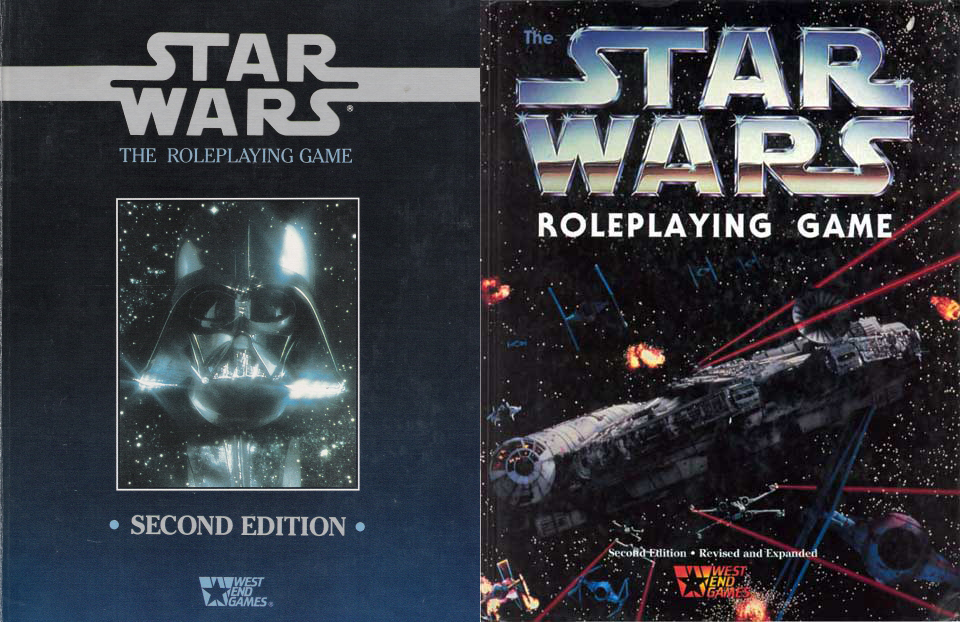 RPGGamers Quick and Dirty Guide to the D6 RulesThe Real Basics The D/6 rules use Six Sided Dice (D6's). The Not Quite So Basics All dices rolls are based off Attributes and Skills, they will express themselves in the following way. Blaster 5D+2 Dodge 5D etc So when a character attempts to shoot a blaster, they use their blaster skill, in the above example, rolling 5 D6's totaling the amount rolled, and then adding 2 (the extra points are called pips, so this would be describes as 5 Dice and 2 Pips). Also it must be noted that the D6 system uses an Exploding Wild Dice. Where 1 dice of each roll is marked as a wild dice (most people just roll 1 D6 of a different colour to the rest). If the Wild Die rolls a 6, then you add that to the total and roll again, repeating until you don't roll a 6 on the Wild Die. If you roll a 1 on the Wild Die, then you lose the highest dice you rolled from your total. Skills are either rolled against a static target number, or are opposed. Target Numbers Target numbers are assigned by the GamesMaster depending on the difficulty of the task, so a very easy task might be piloting a Speeder Bike down a quiet street at high speed. A Moderate task might be Weaving in and out of busy traffic at speed. A Very Difficult Task might be taking that Speeder Bike through the thick endor forest at top speed. And Heroic might be doing the same at night.
To be successful in a task, the character must equal or exceed the difficulty. If the player's check is lower than the difficulty, the task is a failure. Opposed Skills So for example, shooting someone with a Blaster is opposed by the targets dodge skill. So for example a shooter and a target with the above skills would roll 5D+2 to hit the target, and the target would roll 5D to avoid being hit, the one that rolls the highest wins. For dodging attacks, vehicles use their Pilots skill, and many have a bonus Maneuverability to that skill. Larger weapons, such as Turbolasers have fire control, which adds to the gunners skill. Weapons have damage ratings in dice, and this is rolled against the targets strength to resist. Any extra points the attacker has in their damage roll counts as damage according to the below chart.
Stunned Characters or Vehicles are at -1D to all skill checks. Wounded Characters or Vehicles are at -1D to all skill checks, and if they are wounded again they move to Wounded Twice. Wounded Twice Characters or Vehicles are at -2D to all skill checks, and if they are wounded again they move to Incapacitated. Incapacitated Characters or Vehicles cannot move or act except in very simple ways, calling for help, pressing a button etc, dragging themselves away. Mortally Wounded Characters or Vehicles are out of action, and will expire unless treated soon. Killed Characters or Vehicles have expired, they have gone to meet the choir invisible, they're dead. If someone does not have the relevant skill to perform a task, they default to the attribute the skill is based on. So Blaster Skill and Dodge are both based on Dexterity, so anyone without those skills just uses Dex. All skills start at the based level of the Attribute, but do not increase if the attribute is increased later (the core rules state that a skill can actually end up lower than a Attribute if the Attribute is taken higher, but a common house rule is that it is just reabsorbed into the Attribute when it equals it). Scale The system uses a scale system to differentiate between sizes of opponents and vehicles. The scales are
The difference between two scales is applied to damage in favour of the largest, and to dodge in favour of the smallest. So a Walker shooting at an X-Wing. The X-Wing gains 2 dice (the difference betweeen Starfighter Scale and Walker Scale) to resist the damage of the Walker, but the Walker gains 2 dice in its roll to hit the X-Wing. Whereas a Star Destroyer shooting at a Landspeeder, The Star Destroyer gains 10D to its damage against the Landspeeder, but the Speeder gains 10D to its Dodge. Conclusion Although there are a lot of other aspects to the D6 Rules, which we'll cover in a few more Articles. This is the very Basics of the D6 system, with which you could play a very basic game using the stats on this site. Other matters such as speed of vehicles etc could be judged by the GamesMaster (eg a speed 11 ship is faster than a speed 8 one, without knowing how fast those numbers represent). |
Comments made about this Article!
| |||
| |||
| |||
| |||
| |||
| |||
| |||
| |||
| |||
| |||
First Page
| Add your comment here! | |
Text by Freddy, based on the Star Wars D/6 Role Playing Game by West End Games, Image is the 2 covers of Second Edition
Any complaints, writs for copyright abuse, etc should be addressed to the Webmaster FreddyB.



